Extremely Rare George III 18th Century Quarter-Striking Bracket Clock
Sold
Request Information
Follow Us
Extremely Rare George III 18th Century Quarter-Striking Bracket Clock
An extremely rare George III 18th century ebonized quarter-striking bracket clock by Thomas Gardner, London, circa 1760.
A fantastically rare and intricate bracket clock paying homage to merriment. The dial is elaborately decorated with drinking companies as well as scenes of dancing revellers rotating as the clock runs. The elaborate theme continues inside: a triple gut fusee movement with its original verge escapement and short pendulum. The quarters chime on eight bells with eight hammers, on the hour followed by the hour on an additional bell. The case itself is ebonised and surmounted with four fine pineapple finials. The chamfered corners are fluted and brass reeded with silk-backed pierced ebony sound frets. This impressive clock entertains throughout.
Case
The impressive ebonized case has a bell top and is surmounted by four pineapple finials on the corners and a carrying handle at the top. The case is glazed on all sides so that the complex movement is almost entirely visible. At the front, it has chamfered corners which are fluted and brass reeded, which give the clock a distinguished appearance. There are silk-backed pierced ebony sound frets to the top corners of the front door.
Dial
The extremely unusual painted arched brass dial has a silvered Roman chapter ring with a subsidiary strike silent ring in the arch. The rings are surrounded by fine pierced gilt brass spandrels. The maker has signed the dial at the bottom of the chapter ring, “Gardner London”.
A most unusual feature of the clock is that the centres are painted depicting a drinking company around a table in the middle and, at the top, a landscape with a view on a lake, a rider in the foreground and a church in the background. Even more unusual is the aperture above the middle, behind which is a continually rotating disc depicting four different painted scenes of dancing revellers. The time is indicated by a pair of very fine pierced brass hands on the Roman chapter ring with Arabic five-minute and minute divisions.
Movement
The spring-driven, eight-day, triple gut-fusee movement has a going train with its original verge escapement and short pendulum with knife-edge suspension. The quarters are chimed on a nest of eight bells with eight hammers, on the hour followed by the hour on an additional bell. In addition, the striking can be repeated at will by pulling a cord to the side. The backplate is elaborately engraved around the maker’s signature, “Thos: Gardiner London”
Note on the maker
Thomas Gardner is recorded as being active as a clockmaker in the second and third quarters of the 18th century. Not a lot more is known about him but from the quality of this clock, it can be concluded that he was a very fine maker. He died in 1770.
Condition
Good. Wear consistent with age and use. Movement – ‘no major restorations’. the movement has been completely overhauled and keeps fantastic time. Original verge escapement.All three trains original. The case is in lovely original condition including the original ebonizing.
Dimensions
Height: 22.45 in. (57 cm)
Width: 13.78 in. (35 cm)
Depth: 7.88 in. (20 cm)
Literature
Brian Loomes, Watchmakers and Clockmakers of the World, London, 2006, p. 291.
PREVIOUSLY SOLD
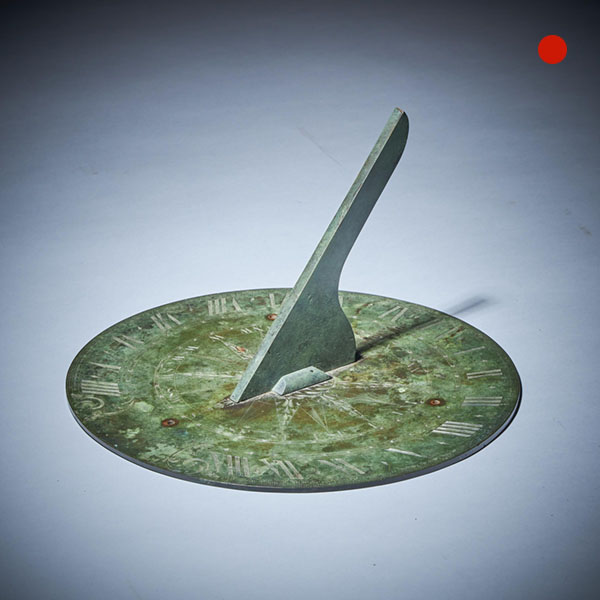
18th Century George III 12″ Bronze Sundial by Watkins & Smith London Circa 1760
18th Century George III 12" Bronze Sundial by Watkins & Smith London Circa 1760 SoldFollow Us18th Century George III 12" Bronze Sundial by Watkins & Smith London Circa 1760 A beautifully patinated 12" George III bronze sundial by...
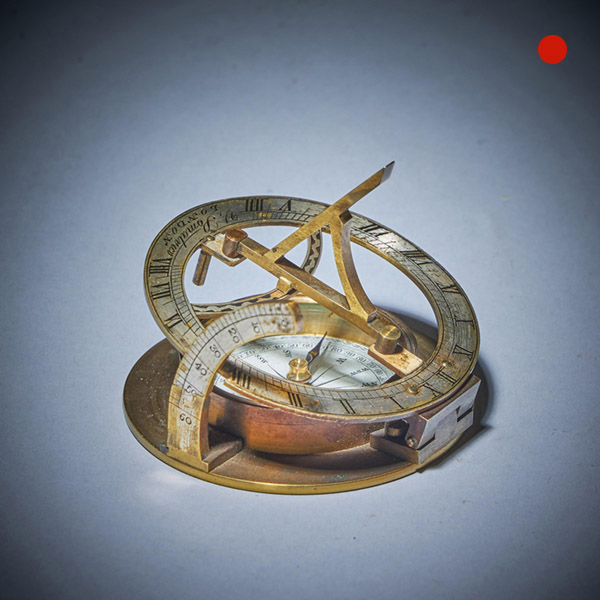
19th Century Equinoctial Pocket Sundial in Original Case, signed V. Simalvico
19th Century Equinoctial Pocket Sundial in Original Case, signed V. Simalvico SoldFollow Us19th Century Equinoctial Pocket Sundial in Original Case, signed V. Simalvico A Fine and Rare Early 19th Century Equinoctial Pocket Sundial in Original...

17th Century William and Mary Eight-Day Spring-Driven Table Clock, Circa 1695
17th Century William and Mary Eight-Day Spring-Driven Table Clock, Circa 1695 SoldFollow Us17th Century William and Mary Eight-Day Spring-Driven Table Clock, Circa 1695 An early English eight-day spring-driven table clock signed Henry Massy...
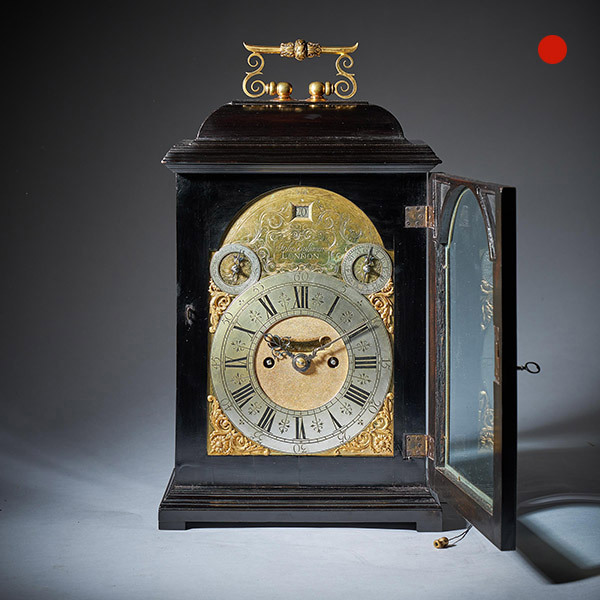
18th Century George I Eight-Day Ebony Table Clock with Pull Repeat by Bushman
18th Century George I Eight-Day Ebony Table Clock with Pull Repeat by Bushman Sold Follow Us18th Century George I Eight-Day Ebony Table Clock with Pull Repeat by Bushman This great early arched spring clock has a 7-inch dial with unusual...

Rare 17th Century William and Mary 10-Inch Ebonised Longcase/Grandfather Clock
Rare 17th Century William and Mary 10-Inch Ebonised Longcase/Grandfather Clock SoldFollow UsRare 17th Century William and Mary 10 Inch Ebonised Longcase/Grandfather Clock A rare, early English eight-day longcase clock signed on the chapter...
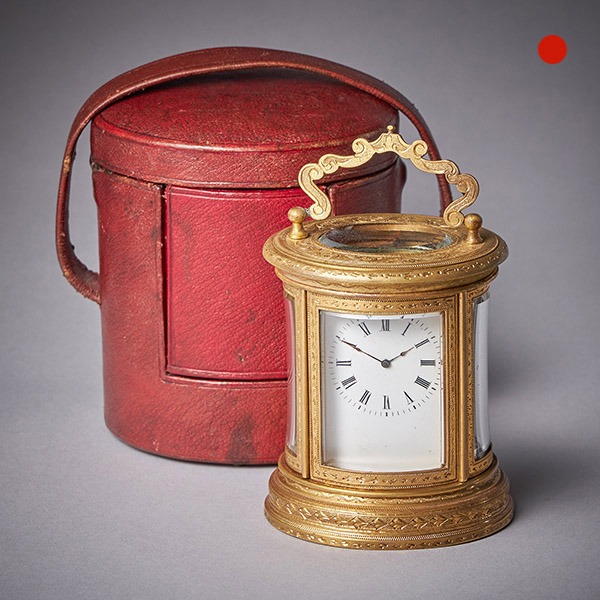
19th Century Eight-Day Miniature Gilt-Brass Carriage Clock with Original Case
19th Century Eight-Day Miniature Gilt-Brass Carriage Clock with Original Case SoldFollow Us19th Century Eight-Day Miniature Gilt-Brass Carriage Clock with Original Case A charming late 19th century French engraved miniature oval carriage...

18th Century George III 12″ Bronze Sundial by Watkins & Smith London Circa 1760
18th Century George III 12" Bronze Sundial by Watkins & Smith London Circa 1760 SoldFollow Us18th Century George III 12" Bronze Sundial by Watkins & Smith London Circa 1760 A beautifully patinated 12" George III bronze sundial by...

19th Century Equinoctial Pocket Sundial in Original Case, signed V. Simalvico
19th Century Equinoctial Pocket Sundial in Original Case, signed V. Simalvico SoldFollow Us19th Century Equinoctial Pocket Sundial in Original Case, signed V. Simalvico A Fine and Rare Early 19th Century Equinoctial Pocket Sundial in Original...

17th Century William and Mary Eight-Day Spring-Driven Table Clock, Circa 1695
17th Century William and Mary Eight-Day Spring-Driven Table Clock, Circa 1695 SoldFollow Us17th Century William and Mary Eight-Day Spring-Driven Table Clock, Circa 1695 An early English eight-day spring-driven table clock signed Henry Massy...

18th Century George I Eight-Day Ebony Table Clock with Pull Repeat by Bushman
18th Century George I Eight-Day Ebony Table Clock with Pull Repeat by Bushman Sold Follow Us18th Century George I Eight-Day Ebony Table Clock with Pull Repeat by Bushman This great early arched spring clock has a 7-inch dial with unusual...

Rare 17th Century William and Mary 10-Inch Ebonised Longcase/Grandfather Clock
Rare 17th Century William and Mary 10-Inch Ebonised Longcase/Grandfather Clock SoldFollow UsRare 17th Century William and Mary 10 Inch Ebonised Longcase/Grandfather Clock A rare, early English eight-day longcase clock signed on the chapter...

19th Century Eight-Day Miniature Gilt-Brass Carriage Clock with Original Case
19th Century Eight-Day Miniature Gilt-Brass Carriage Clock with Original Case SoldFollow Us19th Century Eight-Day Miniature Gilt-Brass Carriage Clock with Original Case A charming late 19th century French engraved miniature oval carriage...
YOU MAY ALSO LIKE

Pair of 18th Century George III Silver Candlesticks by David Bell, London, 1762
Pair of 18th Century George III Silver Candlesticks by David Bell, London, 1762 Sold[wpforms_selector form_id="11387" show_title="on" _builder_version="4.22.1" _module_preset="default" custom_margin="-30px||||false|false"...
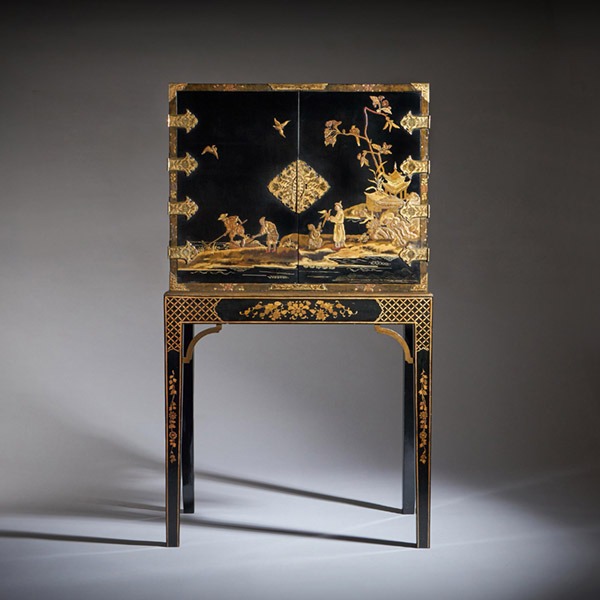
A Rare and Fine George III 18th Century Chinoiserie Lacquer Cabinet on Stand
A Rare and Fine George III 18th Century Chinoiserie Lacquer Cabinet on Stand £28,000Follow UsA...
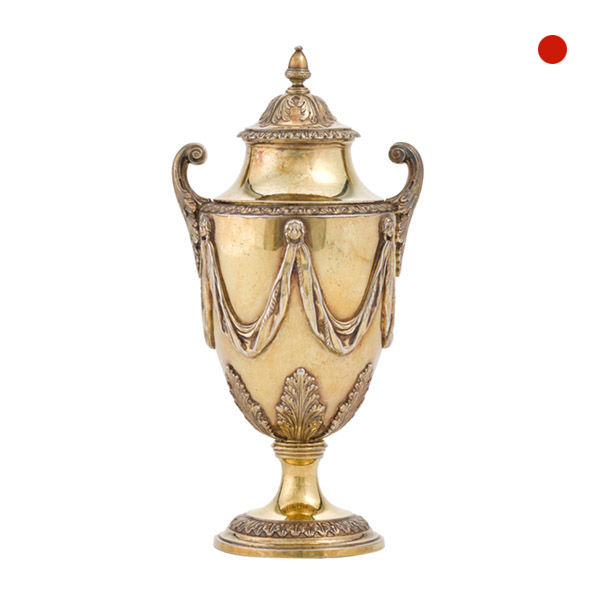
Robert Adam George III Silver Gilt Vase by Daniel Smith and Robert Sharp London
Robert Adam George III Silver Gilt Vase by Daniel Smith and Robert Sharp London Sold[wpforms_selector form_id="11387" show_title="on" _builder_version="4.22.1" _module_preset="default" custom_margin="-30px||||false|false"...

An Elegant and Rare George II Pollard Oak and Walnut Card Table, Circa 1740
An Elegant and Rare George II Pollard Oak and Walnut Card Table, Circa 1740 £15,900Follow UsAn...
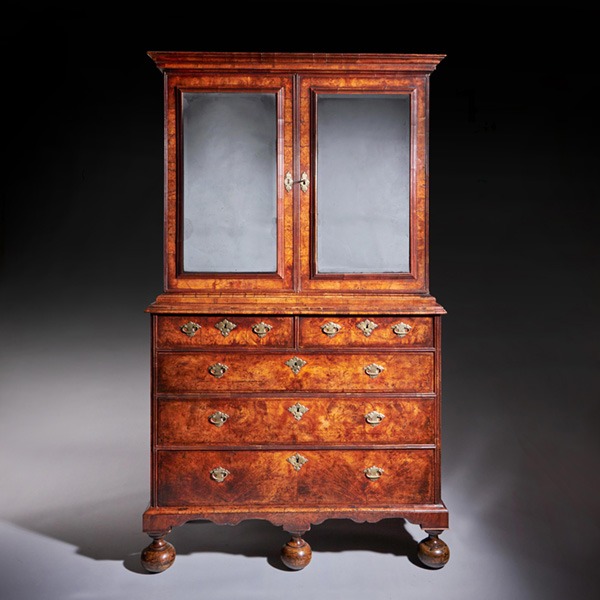
18th Century Queen Anne Burr Walnut mirrored Cabinet on Chest, Circa 1705-1715
18th Century Queen Anne Burr Walnut mirrored Cabinet on Chest, Circa 1705-1715 £32,900Follow...
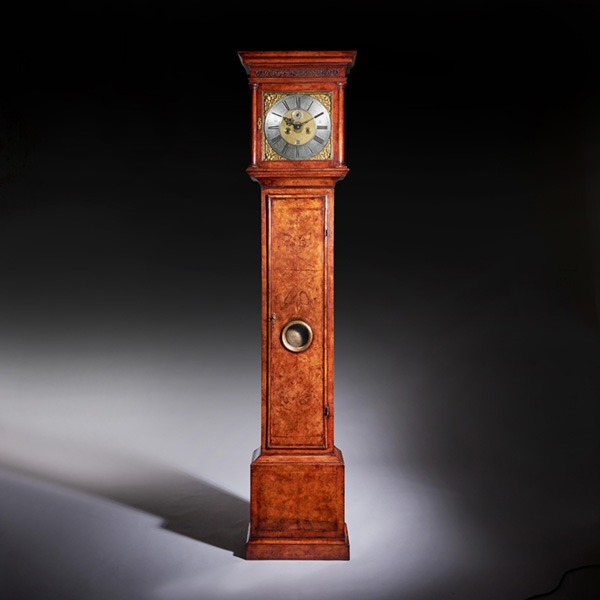
Fine 18th Century Queen Anne Burr Walnut Eight-Day Longcase Clock
Fine 18th Century Queen Anne Burr Walnut Eight-Day Longcase Clock £12,500Follow UsFine 18th...

Pair of 18th Century George III Silver Candlesticks by David Bell, London, 1762
Pair of 18th Century George III Silver Candlesticks by David Bell, London, 1762 Sold[wpforms_selector form_id="11387" show_title="on" _builder_version="4.22.1" _module_preset="default" custom_margin="-30px||||false|false"...

A Rare and Fine George III 18th Century Chinoiserie Lacquer Cabinet on Stand
A Rare and Fine George III 18th Century Chinoiserie Lacquer Cabinet on Stand £28,000Follow UsA...

Robert Adam George III Silver Gilt Vase by Daniel Smith and Robert Sharp London
Robert Adam George III Silver Gilt Vase by Daniel Smith and Robert Sharp London Sold[wpforms_selector form_id="11387" show_title="on" _builder_version="4.22.1" _module_preset="default" custom_margin="-30px||||false|false"...

An Elegant and Rare George II Pollard Oak and Walnut Card Table, Circa 1740
An Elegant and Rare George II Pollard Oak and Walnut Card Table, Circa 1740 £15,900Follow UsAn...

18th Century Queen Anne Burr Walnut mirrored Cabinet on Chest, Circa 1705-1715
18th Century Queen Anne Burr Walnut mirrored Cabinet on Chest, Circa 1705-1715 £32,900Follow...

Fine 18th Century Queen Anne Burr Walnut Eight-Day Longcase Clock
Fine 18th Century Queen Anne Burr Walnut Eight-Day Longcase Clock £12,500Follow UsFine 18th...









